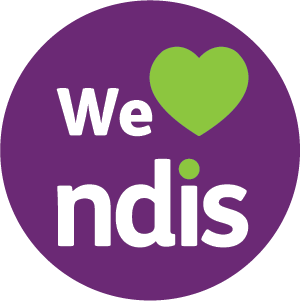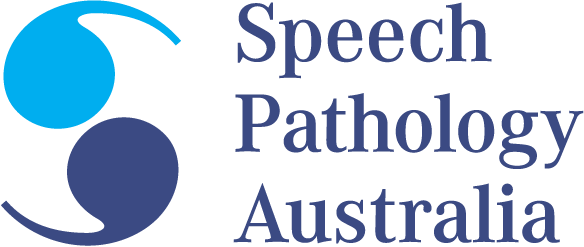On this page we discuss typical reasons children fail to meet communication milestones.
You’ll notice that whatever the reason, early intervention is always recommended.
We recommend our parents and carers course which helps empower parents to best help their child, and will give you live stream access to a speech pathologist who will answer individual questions.
Late talkers are typically toddlers between 18 and 30 months old who have a good understanding of language and are developing normally in other areas, but have a limited spoken vocabulary for their age. These children are usually using fewer than 50 words or no word combinations by age 2.
Autism Spectrum Disorder is a complex developmental condition characterised by persistent challenges in social interaction, speech and nonverbal communication, and restricted or repetitive behaviours. The effects of ASD and the severity of symptoms can vary dramatically from person to person. ASD is typically diagnosed in early childhood, though some individuals may not receive a diagnosis until later in life.
Speech delay, also known as language delay, refers to a condition where a child's speech and language development is behind what's expected for their age. This can involve difficulty with pronunciation, limited vocabulary, trouble putting words together to form sentences, or difficulty understanding and following directions. Speech delay can occur in children who are otherwise developing typically in other areas.
Diagnostic criteria:
Assessment methods:
Diagnostic criteria (based on DSM-5):
Assessment methods:
Diagnostic criteria:
Assessment methods:


